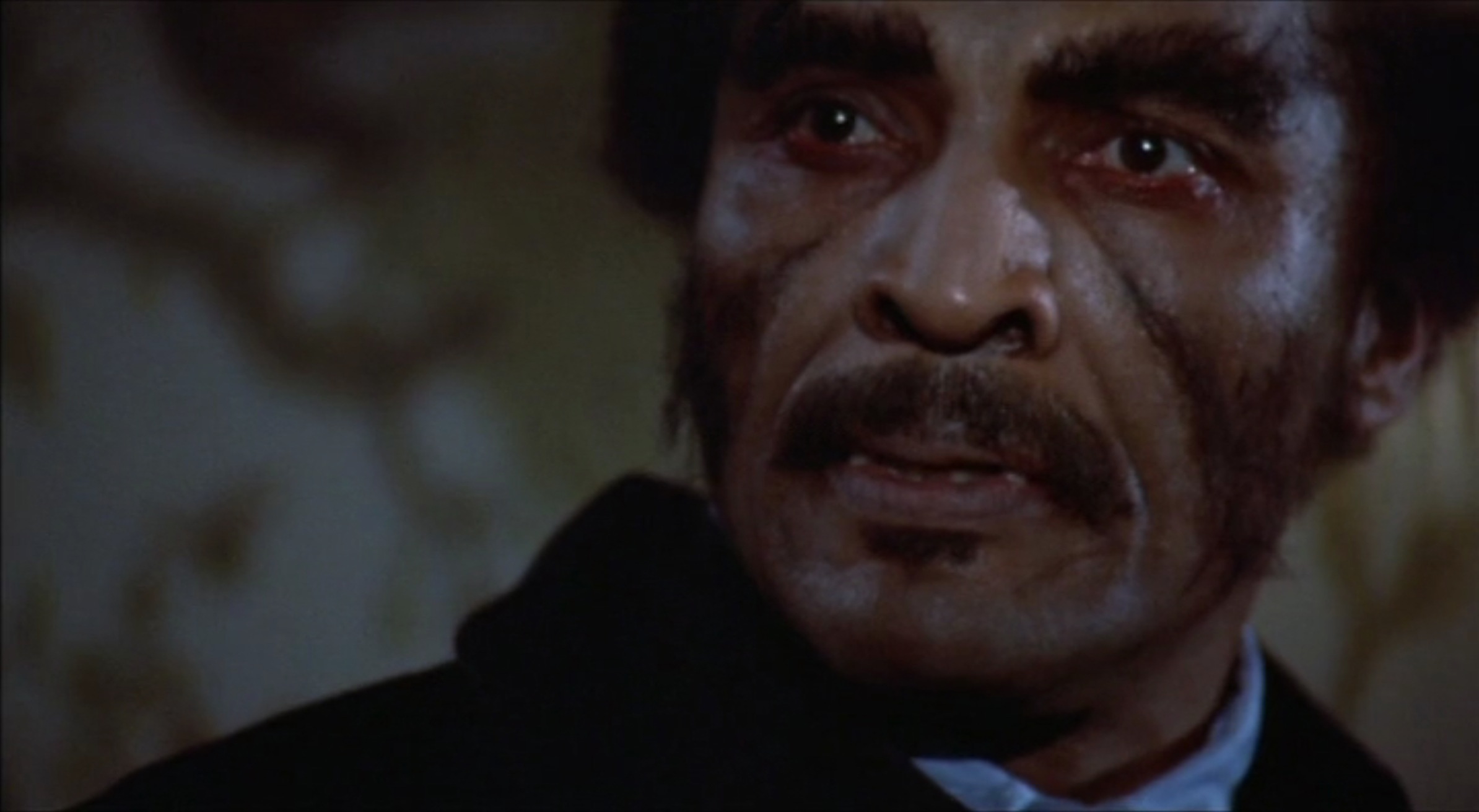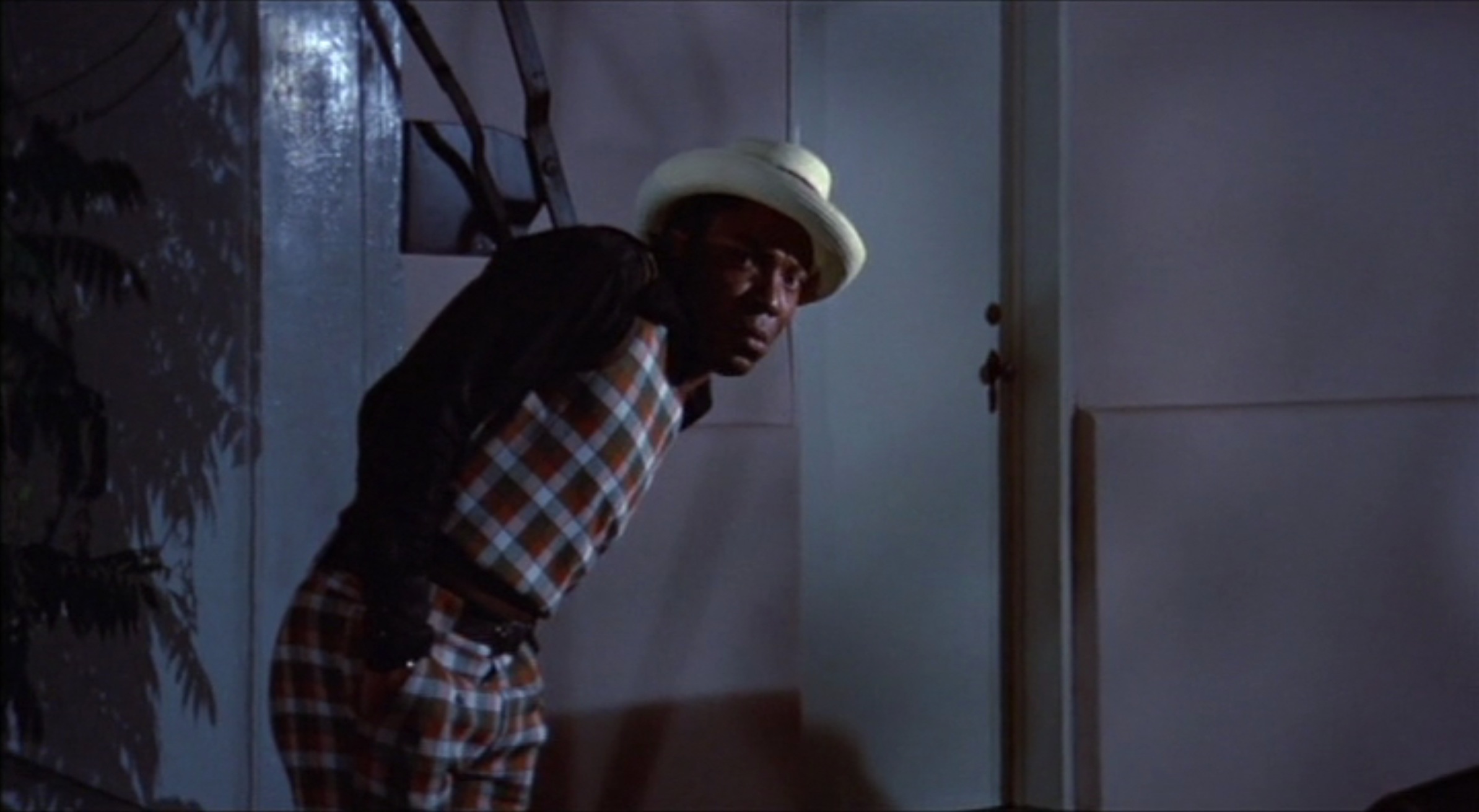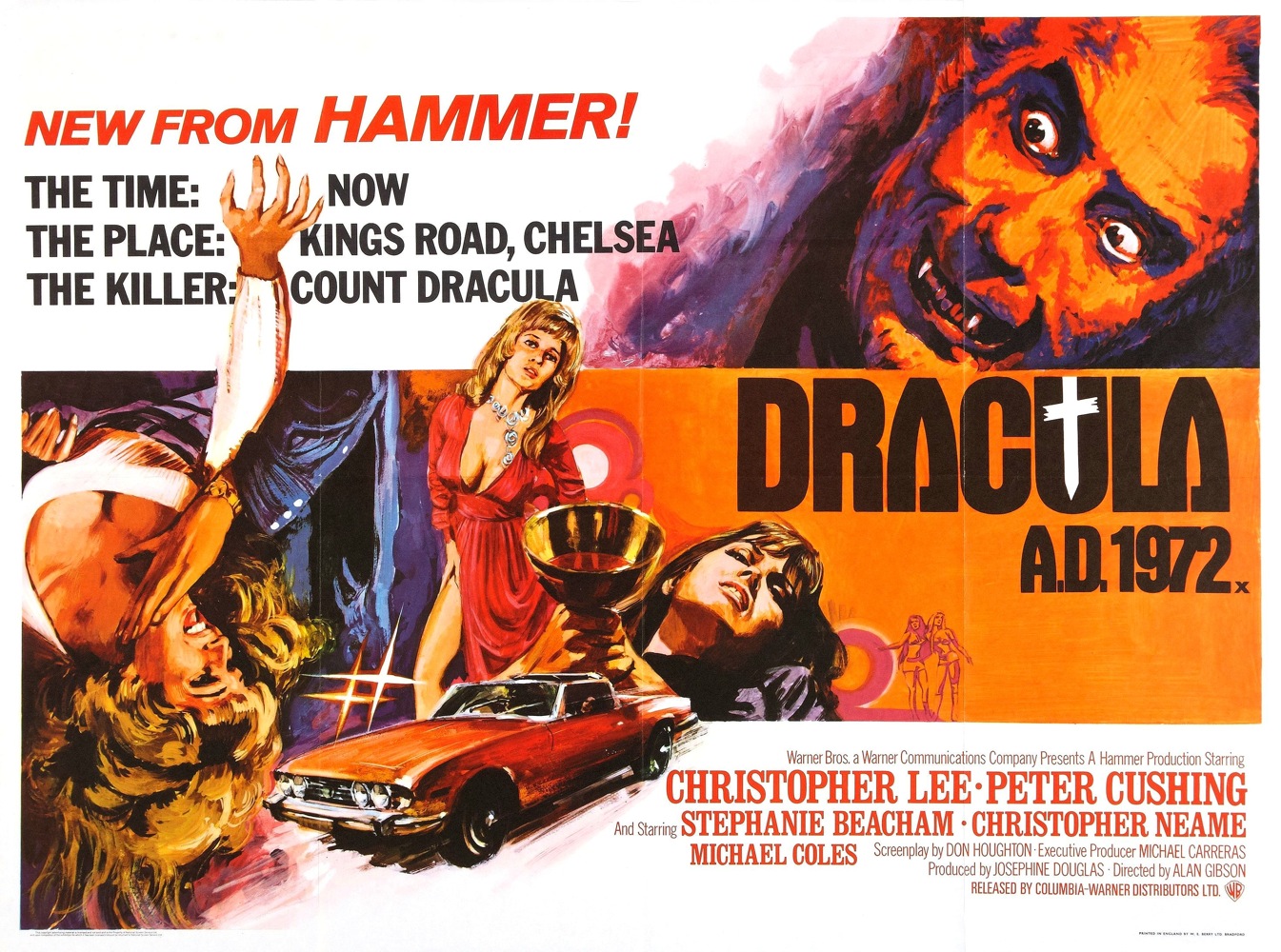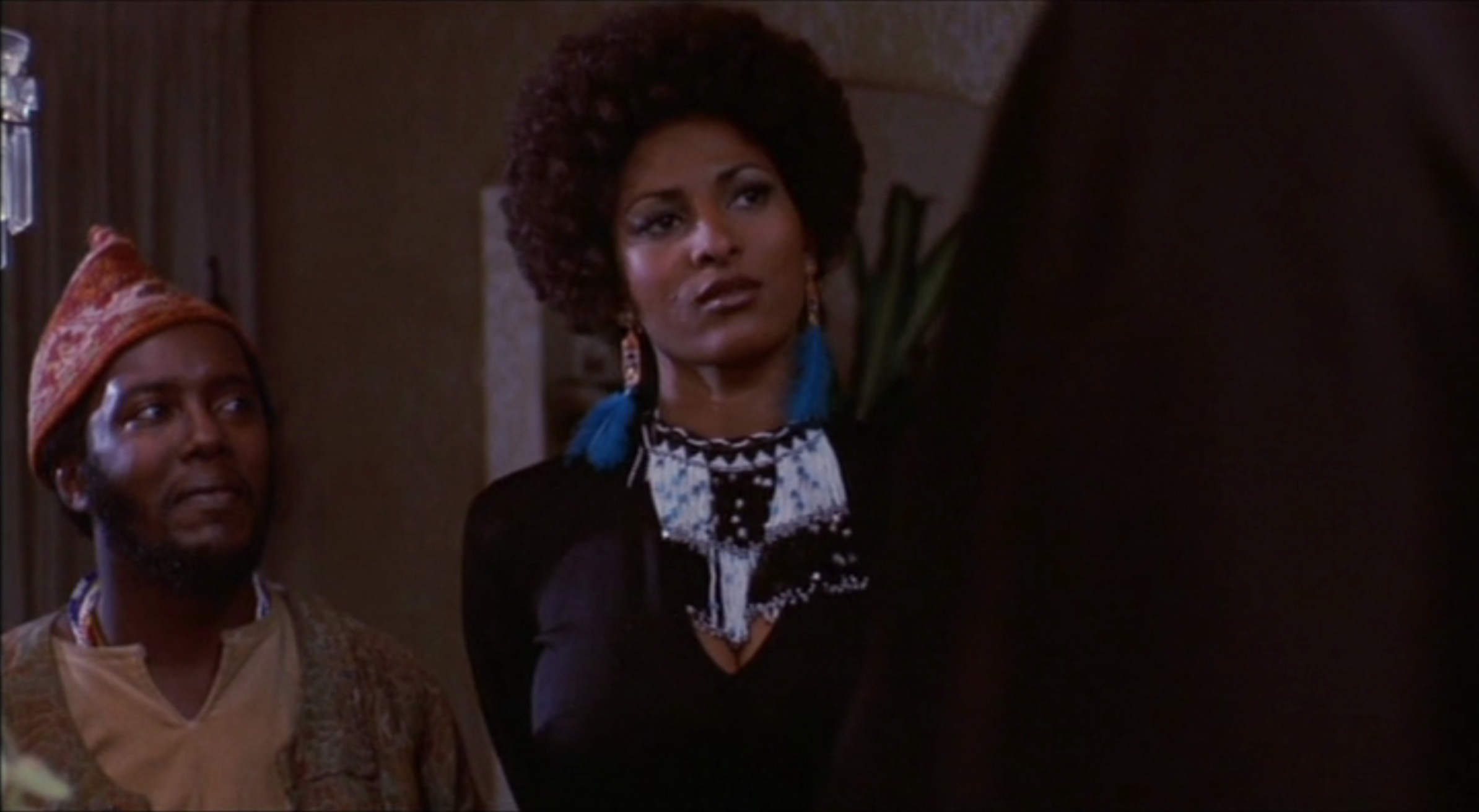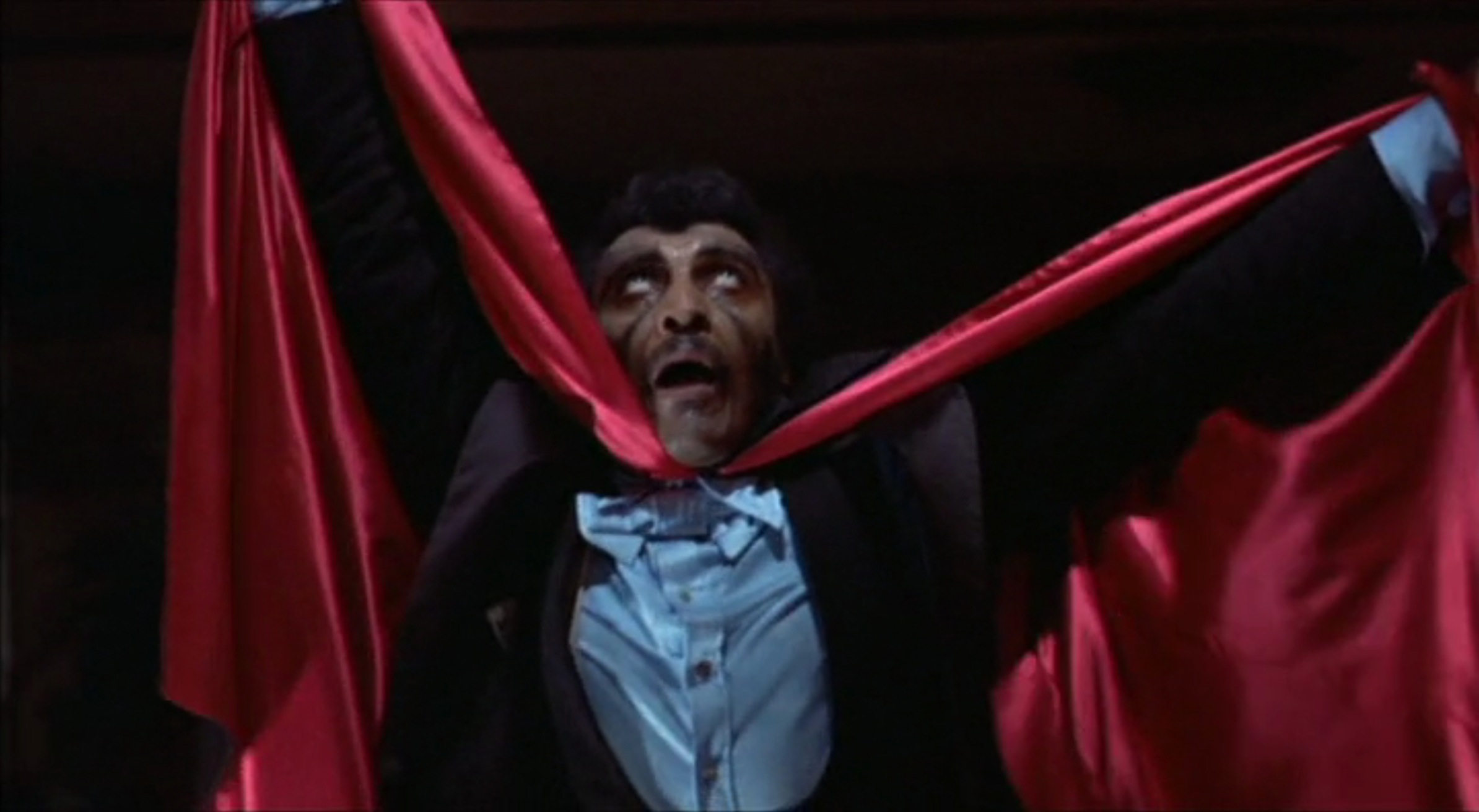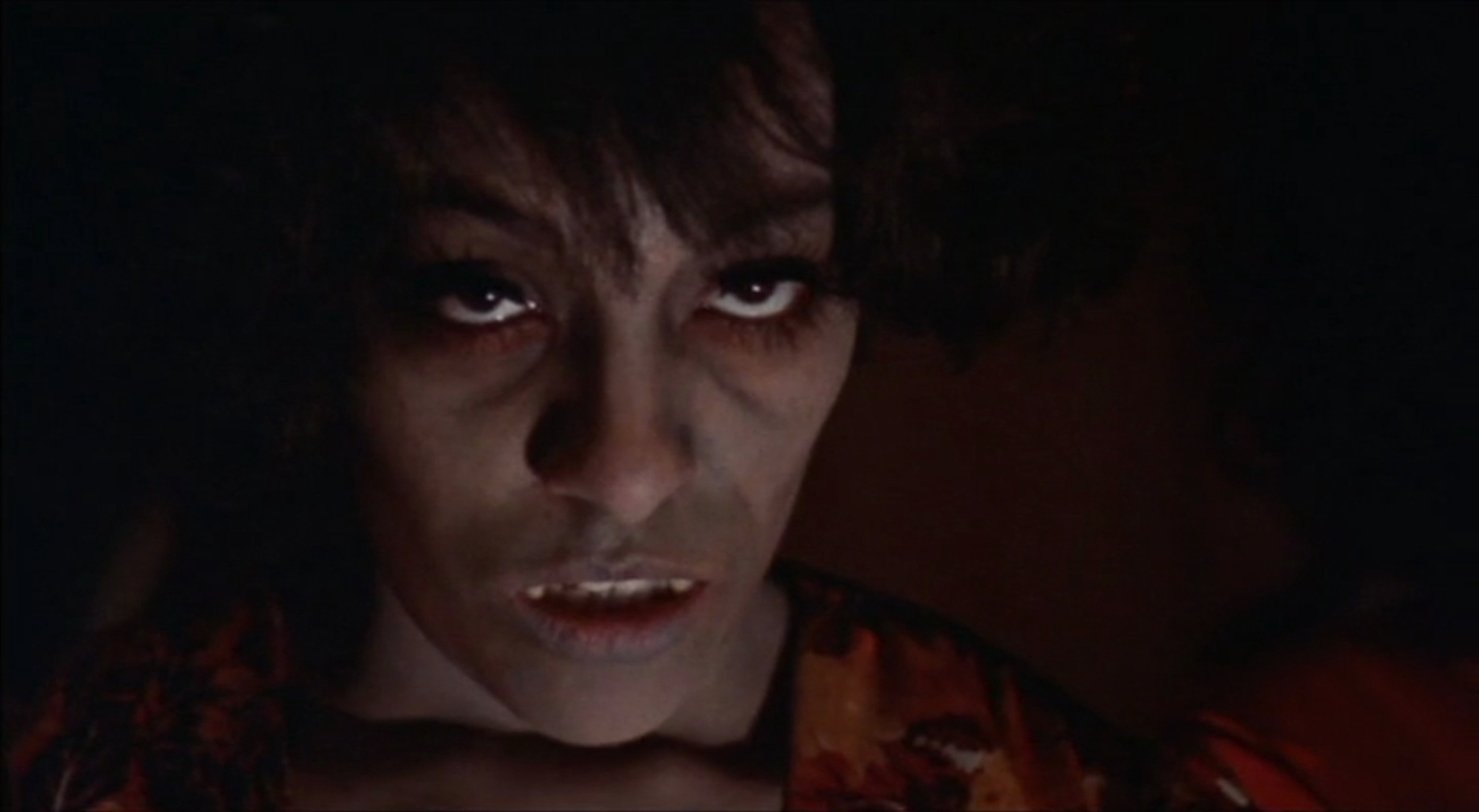B-Movie Bullsh*t
Part Four
Scream Blacula Scream
(1973)
Synopsis
Following the death of his high priestess mother Willis is rejected as leader of his local voodoo cult. To get his revenge he buys some bones from another of the cult’s cast-offs, unaware that the ritual he will perform with them will result in the resurrection of the centuries old vampire known as Blacula. Once an African ruler named Prince Mamuwalde, Blacula was cursed to walk the earth as a member of the bloodthirsty living dead by a racist Count Dracula. Desperate to get the evil demon that compels him to murder out of his body, Blacula enlists the aid of a beautiful voodoo priestess named Lisa in the hopes that she can free him from his curse. But Lisa’s boyfriend—an ex-detective turned wealthy writer and African artifact collector named Justin—has different plans and intends to put a permanent end to Blacula’s legacy of blood.
Whether the term “dated” is an insult or affectionate compliment depends entirely on the person who is using it. In both cases it refers to a work whose style, themes and relevance are entirely of a different era, which for some viewers means feeling alienated from what they're watching, while for others it means being given a historical snapshot of a time long past, be it one they remember or never got to experience on their own.
Most often, though, “dated” is an indicator of obvious artifice. A film that is so fully realized it feels less like a composed narrative than life caught on film inevitably transcends its "best-before" date. A film that looks “dated” today probably looked just as ridiculous the year it was released. In some cases this is the result of tone-deaf filmmakers trying to capture the flavour of a zeitgeist they themselves don’t understand. In others it’s a case of focusing on a cultural event so ephemeral you could literally mark on your calendar the moment it would cease to have any meaning. But mostly it’s just the result of a generalized failure of all involved.
Making movies is hard.
Not every one can be a timeless classic.
Scream Blacula Scream is dated.
Profoundly dated. Exquisitely dated. Exuberently dated. It’s also wonderful in that way only 70s Blaxploitation can be with its equal parts racist stereotype and affecting humanity. Capturing an age I’m pretty certain never existed, it’s an all out fantasy made deliriously transcendent by one of the greatest combinations of role and actor ever put to film.
In a fairer world William Marshall never would have had to settle for playing Dracula’s tragic African cousin. Standing six foot five and possessing a classically trained baritone that demanded your full attention, he was every bit the equal of Christopher Lee--the most famous Dracula of his generation. Instead he had to settle for Blacula (and I suspect we’re better off for it).
Speaking of Christopher Lee, it’s hard not to watch Scream Blacula Scream and not think of Hammer’s regrettable attempt to move their most successful gothic horror series into the 20th century--the previous year’s Dracula A.D. 1972. Replace that film’s “swinging” London setting (which includes a scene where the crazy hipsters crash a private party featuring a band that must have been terribly important at the time, since they’re mentioned in both the opening credits and by the party’s host during their performance) with Los Angeles’ black yuppie voodoo community (?) and the films are markedly similar, right down to both title characters transforming from bleached white bones to fleshy bloodsuckers.
But unlike Hammer’s film, the two Blacula films (the first came out the same year as Dracula A.D. 1972) rise above their questionable taste and premise through their insistence on portraying their title character as a sympathetic, tragic figure. Less a monster than a genuine victim of circumstance, the cursed prince is a character we root for, not against.
Several years before playing Blacula, Marshall understudied for Boris Karloff’s Captain Hook in a production of Peter Pan and it’s easy to see why someone would think to have the two actors play the same role. He brings so much desperate humanity to Blacula that its closest horror equivalent is Karloff’s performances in both Frankenstein and (especially) Bride of Frankenstein. Both actors present us with so-called “monsters” who did not choose to be monstrous and whose most horrific acts are either the result of misunderstandings or uncontrollable rages that cloud their better judgment.
If Karloff’s monster is the ultimate portrait of a lonely, ugly man frustrated by his inability to find love, then Marshall’s is one of the horrors of addiction. At his best moments, he retains all of the honor, power and dignity that befits his royal station, but when his hunger strikes he loses his rational mind and is forced to act out in the most antisocial of ways. That said, he tries to select deserving victims when he can. In the case below, he even goes so far as to lecture his next two meals about the damage their crimes are doing to their people:
Suffice it to say, William Marshall’s performance is not dated.
Nor is that of his leading lady, Pam Grier.
Her Afro, on the other hand, most certainly is.
Filled equally with serious black professionals who expertly discuss African history while drinking fine wine, and over-the-top preening pimp daddies in your choice of either ridiculous hat or enormous James Brown hairdos, the film presents us with a clear one-step forward, one-step back situation that is admittedly only a few steps away from your typical Tyler Perry production.
And just like a Tyler Perry movie, the overtly racist characters are much more entertaining than the serious ones, especially Blacula’s resurrectionist and subsequent lackey, Willis, who is played by Richard Lawson in the kind of gleefully over-the-top performance many black actors give when presented with possibly questionable characters to play.
Admittedly a failure as a horror movie, Scream Blacula Scream succeeds instead as a bizarre character drama that just happens to feature scenes where black folks walk around in ridiculous vampire makeup. Ironically its biggest failure comes about as a direct result of its biggest success.
I say this because the film doesn’t so much end as it just freezes mid-scene. Having tried and failed to rid Blacula of the demon that dwells within him, Lisa is horrified by his true face and—as he attacks her boyfriend—tries to stop him by stabbing the voodoo doll she crafted for the occasion with a wooden arrow. This causes him to stumble with pain, but does not kill him. Instead, the film freezes as our sympathetic villain looks up to the heavens and screams in frustration. (Or at least that’s how it ends in the version I saw. According to Wikipedia, “Lisa stabs the prince's voodoo doll killing Mamuwalde and forever destroying Blacula.” I’m not sure if this description is the result of an alternative cut of the film or the writer coming to a conclusion not actually justified by what is presented on-screen.)
From a script standpoint, this ending doesn’t make any sense (even if it does provide the film with its title), but from a marketing standpoint it’s the only one the filmmakers could present without filming a whole new sequence. The problem with making Blacula so sympathetic is that as an audience we don’t want to see him vanquished, even though the film has gone to the trouble to present us with a more typical hero in the form of Lisa’s boyfriend, Justin.
Interestingly, the tension we feel during the climax where Justin and the police are besieged by Blacula’s legion of vampires while on their way to rescue Lisa doesn’t come from our fear that they won’t get to her in time, but instead that they will. For this reason Blacula’s subsequent rage over the interruption of the ritual meant to make him human feels totally justified and we resent both Lisa’s turn against him and Justin’s attempt to kill him. My guess is that the ending once did explicitly show Blacula dying as a result of Lisa’s voodoo magic, but that test audiences roared with disapproval over this outcome. Having no other option, the filmmakers chose to go with a non-ending rather one guaranteed to piss the audience off.
The good news was that this ending easily allowed for another sequel. The bad news was that the film didn’t do well enough to justify one. It’s a shame, because Marshall’s performance more than deserved a lengthy franchise. Sadly, he never received as good a role again and probably remains best known to members of my generation as the second King of Cartoons.
Still, two great performances are better than none, especially when—unlike the movies they’re in—they’re guaranteed to stand the test of time.

